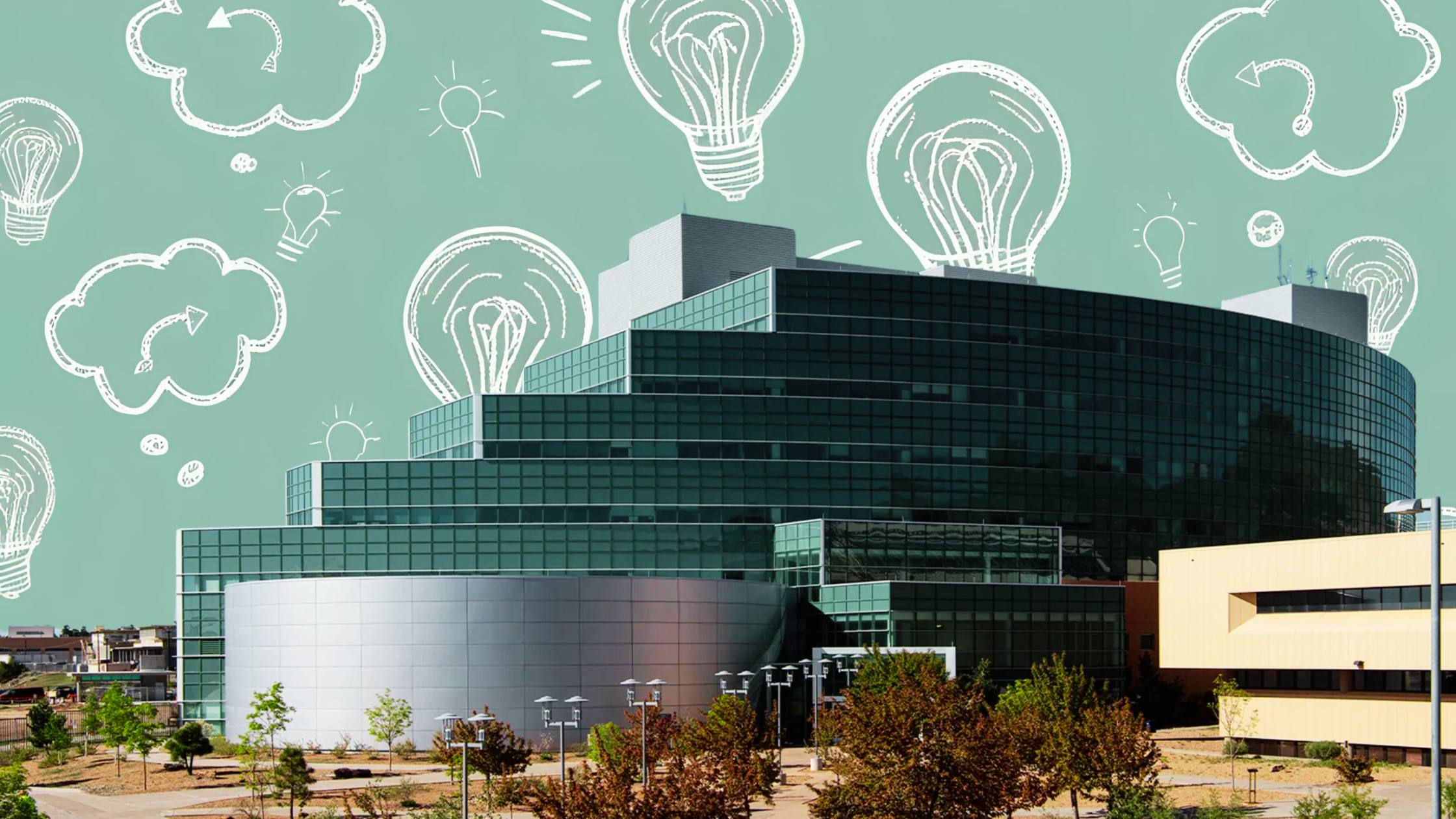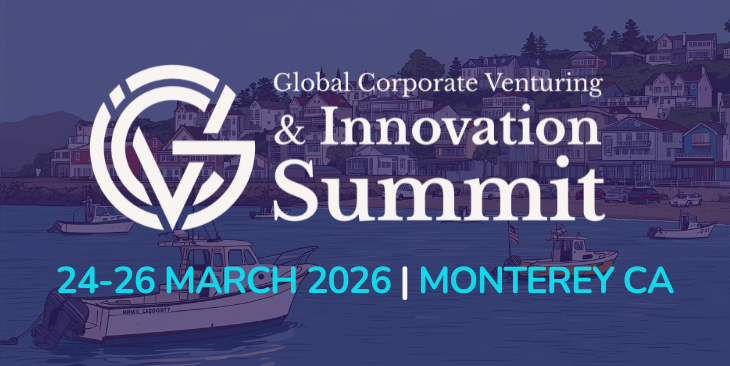Accelerator programmes have increased the number of spinouts and commercial engagements for the National Labs. But these programmes face an uncertain future.

A cohort of new accelerator programmes is significantly increasing the rate at which the groundbreaking research being done by Department of Energy (DOE) National Labs in the US is being commercialised. Programmes are increasing the rate at which the labs create spinout companies, and are strengthening the use of the labs as a resource for entrepreneurs coming from the outside, helping accelerate their path to market.
Using intellectual property from four National Labs, Cradle to Commerce (C2C), a public-private accelerator, for example, has already spun out six startups in less than two years of being part of the programme. To put that in perspective, in 2022 only 21 startups emerged from the entire network of 17 DOE National Labs, according to Shanshan Li, business lead for Cradle to Commerce, based at the Lawrence Berkeley National Lab, in partnership with the Argonne, Oak Ridge and Idaho National Labs.
The C2C spinouts, Li says, constitute “an impressive number achieved in a short time period.”
However, there are concerns now that these programmes will be derailed by the budget cuts proposed by the Trump administration that could lead to cuts in staffing and federal funding.
The DOE National Labs, established in the wake of the Second World War to pursue initiatives like the Manhattan Project, produce groundbreaking inventions but historically have placed less emphasis on commercialising those technologies. To address that deficit, the facilities have worked to develop stronger relationships between researchers, industry and investors, both through conventional tech transfer processes as well as an expanding roster of innovative accelerator programmes.
Cradle to Commerce is an initiative that has been launched across several labs in the past few years, while another programme, the Lab-Embedded Entrepreneurship Program (LEEP), has been in operation since 2015 but continues to expand. LEEP is a two-year fellowship that operates across six federal research laboratories. These two programmes are allowing the labs to drive new business growth from their deep tech research.
LEEP: Turning scientists into entrepreneurs
With a focus on “spin ins” – startups that bring outside intellectual property to the labs – the Chain Reaction Innovations LEEP node at Argonne National Laboratory provides entrepreneurs with scientific and business support to help them de-risk their technologies and quickly transition their ideas into the market, according to programme director Dick Co.
Fellows receive a two-year stipend and are embedded in the lab’s research divisions, where they are paired with technical mentors, participate in team meetings and have access to state-of-the-art testing facilities and capabilities.
The New Mexico LEEP programme, based at the Los Alamos and Sandia National Laboratories, features an intensive business curriculum covering corporate and product development, legal contracts, market analysis and pitch sessions with VCs and angel investors, says Molly Cernicek, who oversees the programme’s marketing and training strategies.
“We operate as a big tent, to provide everything a deep tech startup needs for success,” she says.
Tech innovators are trained in STEM “but must make the transition to being trained in entrepreneurial thinking and culture,” Cernicek adds. “If you don’t help with that early on, they may always be researchers.”
Across the participating labs, LEEP fellows work on technologies that reflect lab priorities in advanced manufacturing, defence and energy security, biotech and space systems. Phase 3D, for example, a graduate of Argonne’s Chain Reactions, has invented a method to identify and correct defects in 3D printing in real time, reducing costs across an array of industry sectors.
Using only water, salt and principles of thermodynamics, Kazadi Enterprises, another Chain Reactions alumnus, has derived a way to extract ambient heat to purify water, air condition, heat and refrigerate. The technology enables “life-improving work such as cooling, and refrigeration of medication in places off the grid,” said Co. The technology is also carbon-free.
Llume, a member of the New Mexico cohort, makes wearable sensors that use light to measure movement and chest expansion, with dual applications in both athletics and military settings. The startup is testing the devices in blast environments at Los Alamos, aiming to understand how biometrics respond to adverse events and how to prevent the long-term health impact of explosions, such as brain and lung injuries.

Having access to Los Alamos research scientists and facilities has been “game changing for us,” said Llume CEO and co-founder Ilayda Samilgil. “For a small startup or even a big company it is hard to get test data,” said Samilgil, who was named to Forbes Magazine’s “30 under 30” class of 2025, a list honoring young entrepreneurs. “For example, we are interested in measuring explosions. How can you make an explosion on your own?”
The New Mexico cohort includes two spinouts developed at Los Alamos and Sandia National Labs. Hydrosonics is developing advanced electrolysers for small-scale, affordable on-site hydrogen production, integrated with renewable energy sources. Industry applications include aviation, diesel fuel replacement and powering data centres.
VastVision is creating a solution for automated tracking of inventory levels for high-stakes materials and equipment, including nuclear waste management, weapons monitoring and aerospace applications; the goal is to enhance security and operational efficiencies.
Since its inception in 2015, LEEP has expanded by adding new labs and has created 182 new businesses and 3,840 jobs, according to the DOE website. Many of the programme innovators are working on components of a larger system or a machine, Co notes, and as a result “work with corporate partners all the time” to advance the technology or raise funds. Collectively cohort companies have raised billions of dollars.
Cradle to Commerce: Move fast but don’t break things
Eliminating red tape is an important component of the 18-month C2C accelerator, which pairs entrepreneurs with curated lab technologies along with access to commercialisation partners, mentors and investors. C2C has streamlined processes for companies to gain access to lab intellectual property through simplified licensing and research contracting “in a more timely manner,” says Li.
The labs provide test beds, prototyping facilities and scientific resources for participating innovators. Three partner organisations – Decisive Point, Blueprint and OneValley – provide in-kind market and investment training.

In many ways C2C serves as a complement to LEEP, as the C2C spinouts use National Lab technologies that have already been developed. “The reason these technologies are not getting out of the lab is because they have limited market exposure,” Li says. “Our programme provides additional market exposure.”
C2C targets companies in four focus areas: buildings, nuclear energy, renewables and grid modernisation. The six spinouts that have emerged from the programme include Calectra, a Lawrence Berkeley Lab startup which has developed a thermal storage technology that converts electricity into high-temperature heat for use in heavy industrial processes. Using a circuit board developed at Argonne, ElectricFish manufactures battery-enabled fast chargers that double as mobile micro grids to facilitate off the grid charging.
Other participants include Cycleau, a retrofittable water reuse system designed to recycle up to 80% of greywater and recover over 30% of lost heat from wastewater. The company aims to address water scarcity and contamination problems. Starcube is developing portable nuclear microreactors to replace diesel generators, providing carbon-free energy for critical applications.
Uncertain future
The impact of drastic staffing reductions on funding for the accelerator programmes is unclear, business leaders say. In recent months, thousands of DOE scientists, engineers and analysts have left the agency as part of the Trump administration’s downsizing agenda. Personnel issues have delayed C2C research and development contracts, Li says.
Shifting national priorities in energy may also impact accelerators and their focus areas, particularly in the area of renewables and climate tech. But the model remains attractive as a way to accelerate commercialisation of new technologies to address urgent challenges and growth markets. Just last month, the International Space Station National Lab launched the Orbital Edge Accelerator programme, an initiative designed to integrate startups and investment partners into the space economy.
Pointing to Cradle to Commerce’s early successes, Li says the results speak to the programme’s strong competitive advantage. “It is providing a tremendous opportunity for entrepreneurs and the startup community to leverage billions of dollars of federal funding that is being invested in the National Lab systems to benefit the economy.”








